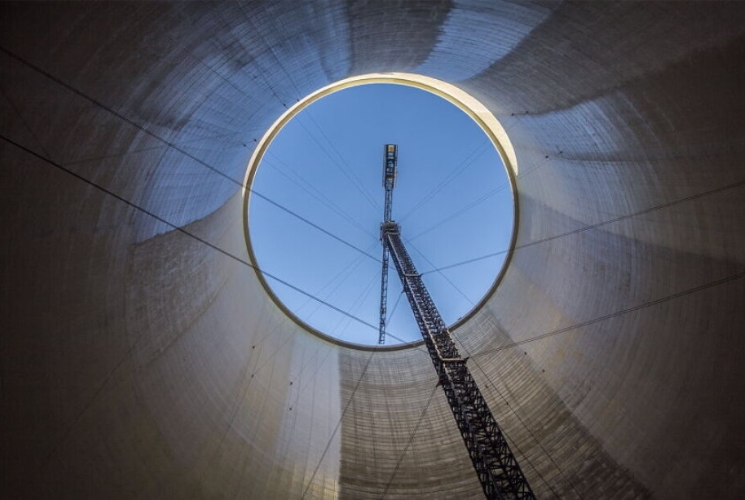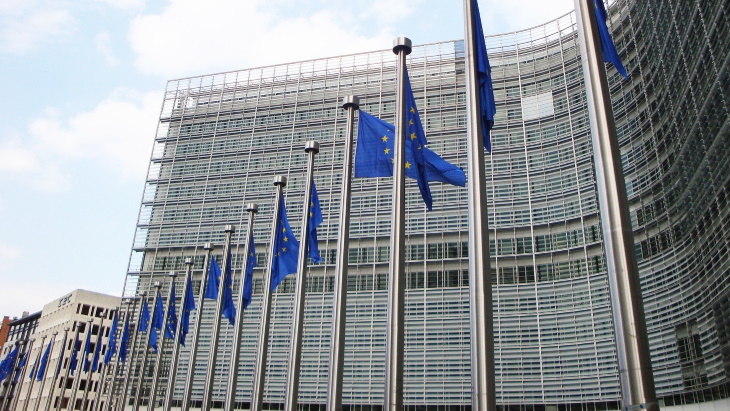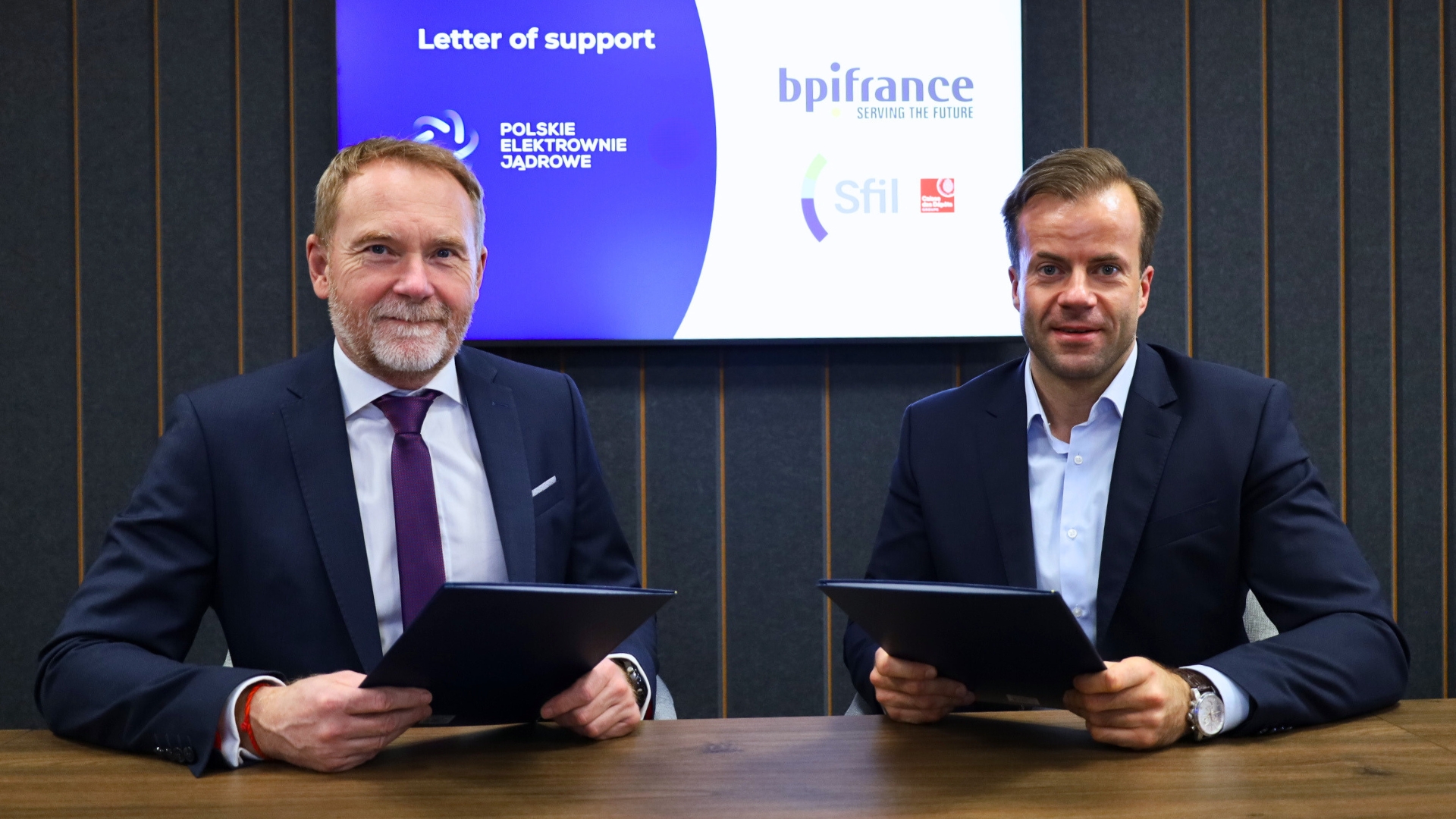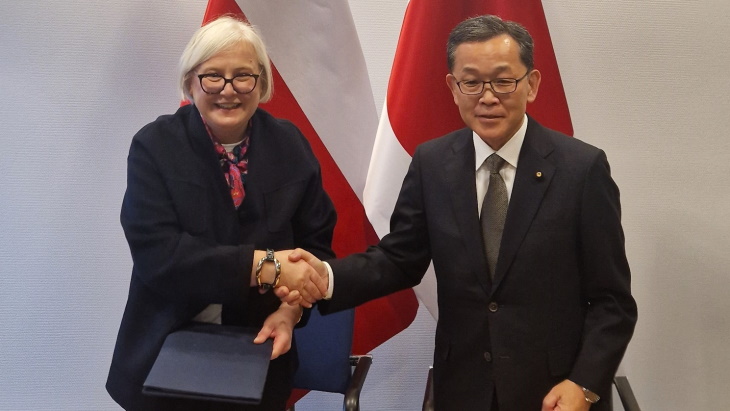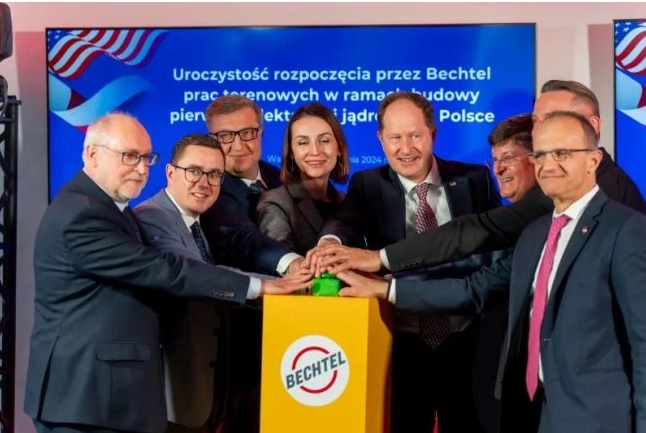UTE, Uruguay’s national electricity utility, is supporting emobility with charge points for EVs and the introduction of hydrogen for freight transport.
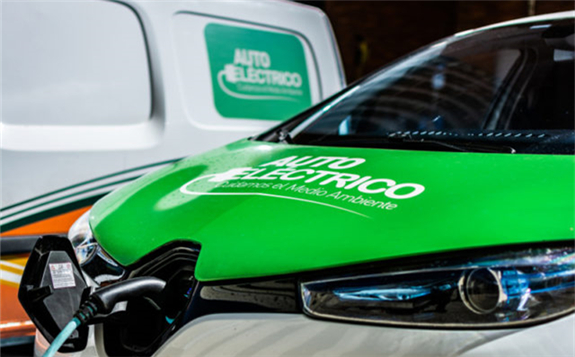 Image: UTE
Image: UTE
By the end of 2021 Uruguay will have 133 charging stations for electric vehicles (EVs) across the country, UTE President, Silvia Emaldi, has announced.
Currently, with 68 charging stations on the national routes and in key points in some of the cities, there is a charging point approximately every 100km. The goal is to double the density to a charging point every 50km by the end of 2021.
“Once the objective of reducing the emissions derived from the generation of electricity has been achieved, the priority is to electrify mobility in Uruguay, which is one of the main emitters of greenhouse gases,” Emaldi said.
In 2019 98% of Uruguay’s energy generated was of renewable origin, primarily hydro but also wind, biomass and solar, according to UTE’s figures. So far in 2020 a level of 92% has been achieved.
As part of its emobility drive, UTE has introduced 95 EVs for use in its own operations, which have clocked around 2 million km.
In partnership with the energy and environment ministries, municipalities and other organisations, EVs are being introduced into the public transport system, with more than 60 taxis and 30 buses to date. More than 20 companies also have started to electrify their vehicle fleets.
To support these emobility advances, UTE has developed a mobile app for drivers to locate charging stations and to record and pay for recharging.
UTE also is collaborating with the energy ministry and the national petroleum company Ancap to introduce green hydrogen as a fuel for freight transportation.
To date the number of EVs in Uruguay is in the mid-hundreds but is growing.
With support from the UNDP, the energy ministry is running the MOVÉS (efficient and sustainable mobility) project to build the knowledge and structures to transition public and freight transport to low carbon. Targets for the end of the four-year project in September 2021 include a 400,000km annual distance served with electric buses and 90,000km distance served by electric vans.
